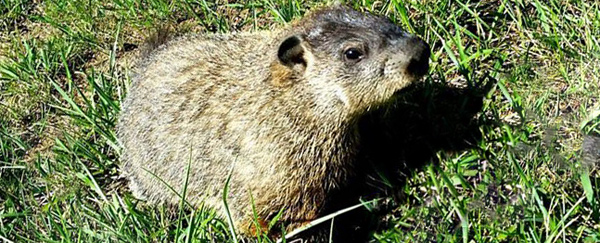- info@wildlife-removal.com
Call us for help in your town
Wildlife Removal Education
How To Tell if an Active Groundhog is Rabid
Need groundhog removal in your hometown? We service over 500 USA locations! Click here to hire us in your town and check prices - updated for year 2020.
One of the common misconceptions that many people will have about pest animals is that if they are active during the daytime then they must be rabid, but in fact this is incorrect, as there are several reasons why a groundhog would be active during the day. Rabies is a very serious disease, and if you have family or other animals living with you, then it is natural to be cautious, but this is not the reason to be concerned about groundhogs. The other factor to bear in mind as well is that groundhogs are naturally diurnal, meaning that they are active around dusk and dawn, so towards the start or end of the day they are typically still active anyway.

Reasons Why A Groundhog Would Be Active During The Day
Groundhogs are quite adaptable creatures, so if the young of a female are quite demanding and prevent her from foraging at the normal time during they day, they have the capability to forage for food whenever the babies settle. In some areas, the conditions for foraging may also vary, so if it is better to find food during the day, the groundhog will adapt appropriately.
Normal Responses When A Groundhog Encounters A Person
Although they can be quite vicious if they are cornered, the most common reaction for a groundhog if they even get close to a person is to flee, but another common sign is for the animal to sit up on its hind legs, and even to release a whistle to warn other animals about the potential threat. If you find a groundhog acting erratically, that is when you should start to be concerned.
Is The Groundhog Acting Aggressively?
One of the biggest signs that a groundhog may be rabid is an unusual level of aggression, and if it does try to attack you when there is an option to escape, this may be a sign that it is infected. This aggression may also be caused by someone getting too close to a burrow or a nest of groundhog babies, so think about the situation, after you get well away from the aggressive animal.
Other Signs Of Rabies In Groundhogs
There are other signs to look for as well, which are generally quite similar to the signs of rabies in other species. Hydrophobia is a serious aversion to water that affects many animals, while frothing at the mouth is another sign that a groundhog may have rabies.
Go back to the Groundhog Removal page.


















